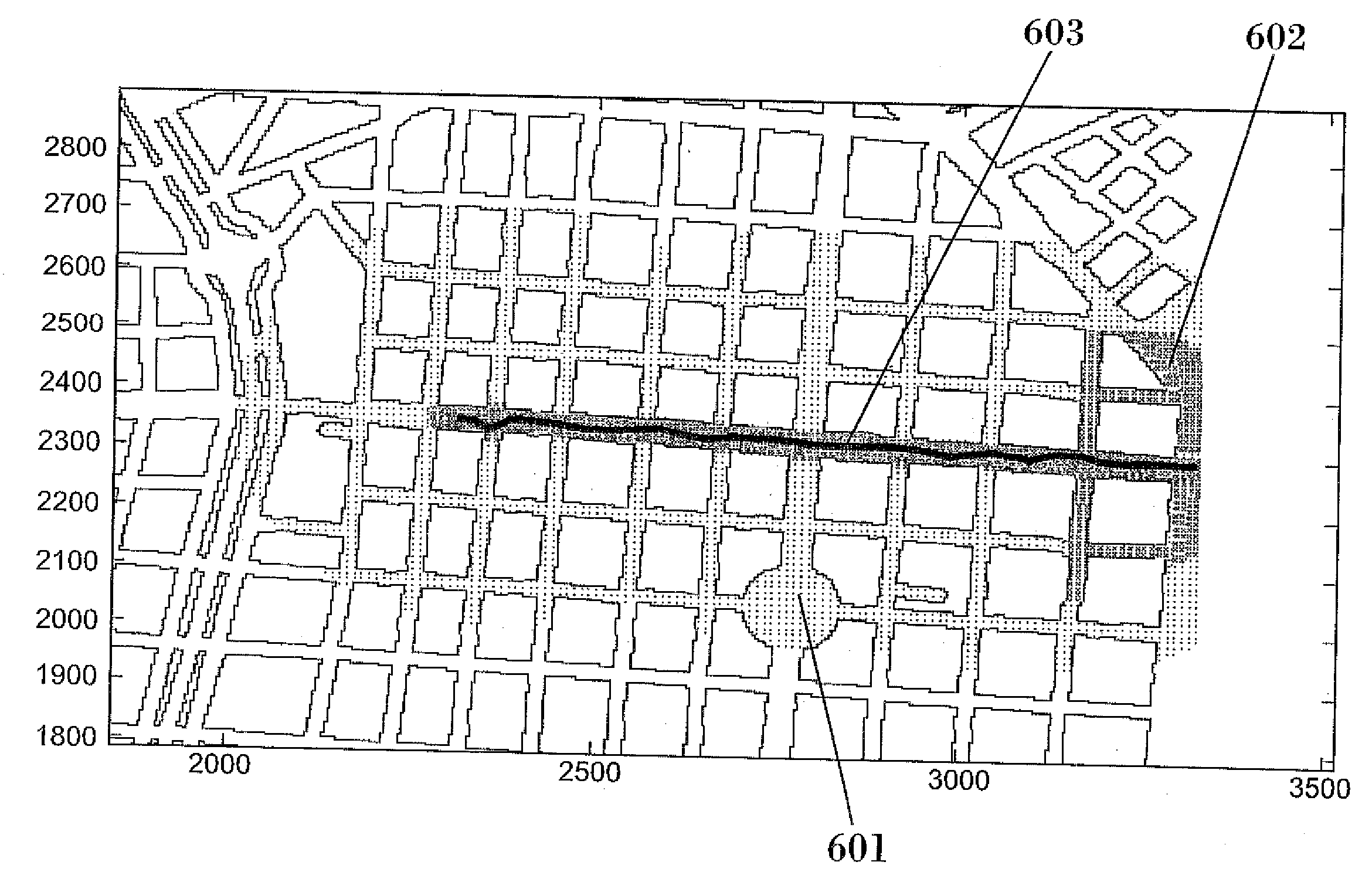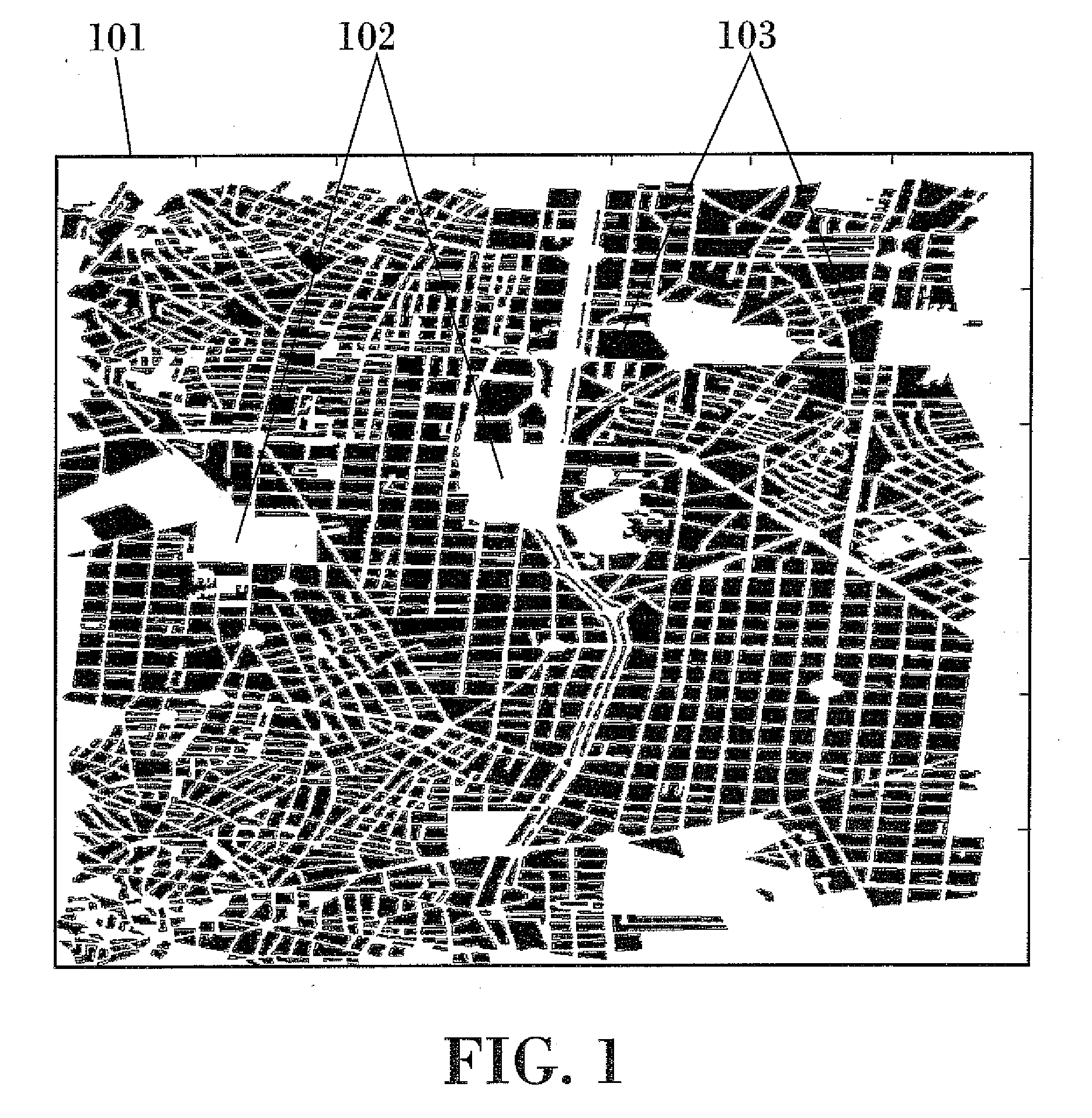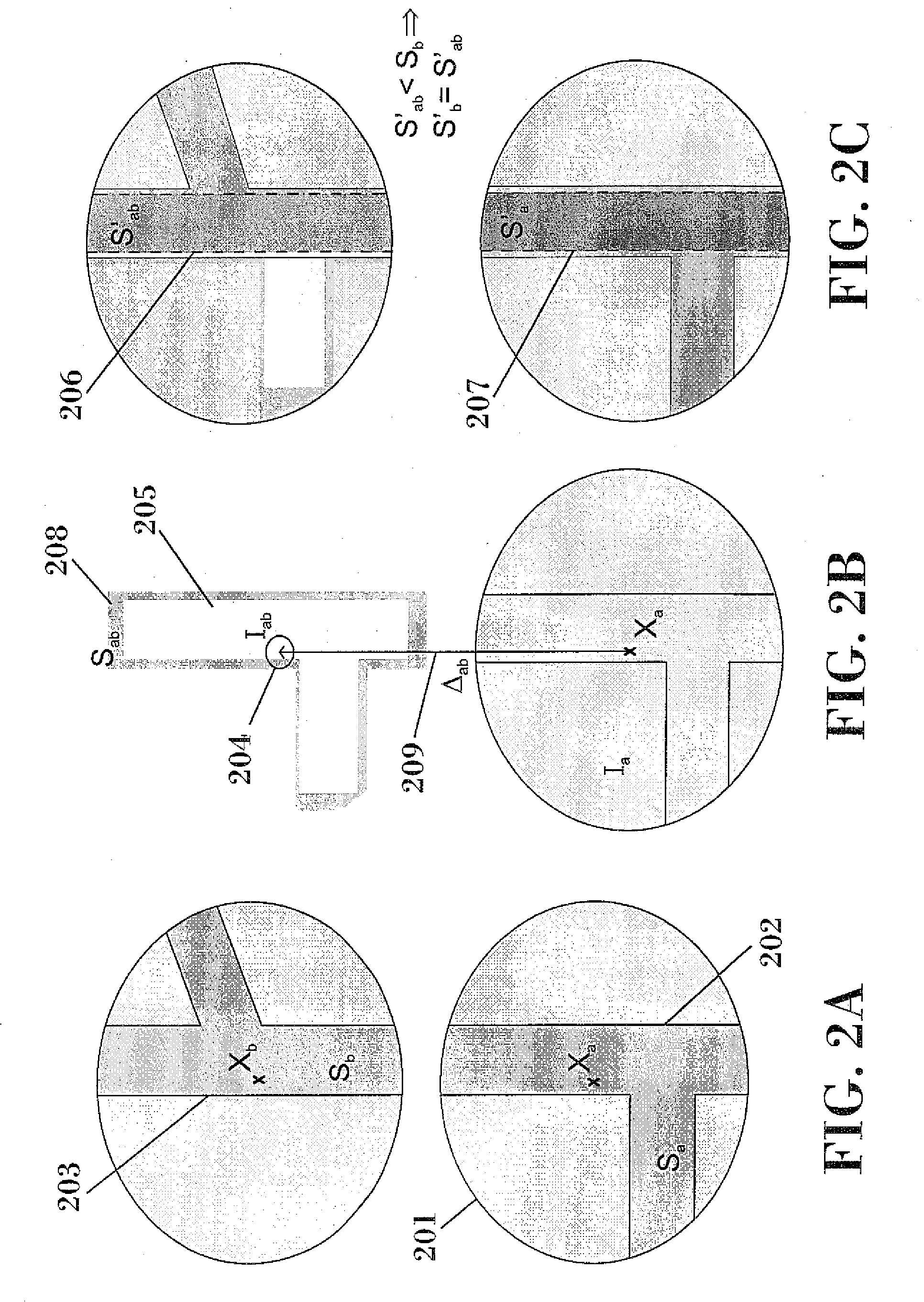However, the reality is quite different since there are phenomena causing errors in the GNSS position—errors relating to satellites, atmospheric delays, multipath or
signal reflection, particularly important in urban environments—, which can cause errors of up to hundreds of meters, as well as errors in the process of creating digital maps, mainly due to the scale factor, transforming coordinates, translating from a curved surface to a planar surface (generalization), position reference (datum) and the digitalization process.
However the precision of these methods is not assured, nor do they provide the user with a
confidence value, or integrity, of the adopted solution, but rather they are focused on adjusting the position to a segment in the best possible manner in most cases.
for example not being based on the integrity of the position which the
navigation system provides, but rather it uses the
covariance matrix only for selecting the possible roads within an area having great probability, which is not enough to guarantee the integrity of the position;
or for example proposing to use the direction of the movement for ruling out segments, risking ruling out the correct road in the case of turning, lane change, or error in calculating the direction of the movement, whereby upon using non-integral methods for selecting the road, the initial integrity, if there was any, would lose validity.
Nevertheless the concept of integrity used does not correspond to the concept rigorously used in this patent, which is based on the concepts introduced by
civil aviation.
However, in addition to the fact that this indicator does not provide any integrity guarantee in and of itself, it will give a
false alarm in the event that the vehicle is turning or changing lanes, and the direction does not coincide with that of the segment, or it will not detect a failure if the wrong road coinciding with the direction of the movement is selected for any reason.Integrity based on the ability to precisely determine the position of the vehicle: An uncertainty indicator (R3dms) based on the
covariance of the GPS position plus the typical road width is subtracted from the distance between the GPS position and the position given by the MM
algorithm.
This indicator does not provide a quantifiable
integrity measurement, nor does it assure integrity in the event that the result is negative or close to zero.
Based on the foregoing, it is concluded that the integrity provided by this
algorithm cannot be considered reliable in all fields since it is not quantifiable nor is it based on theoretical fundamentals, therefore it can not be extrapolated to other situations beyond the experiments conducted.
Therefore it does not provide the confidence necessary for critical safety applications or applications having legal or contractual implications.
In addition, the performance level obtained (98.2% in the best of cases) does not seem to be sufficient for critical applications and is well under the confidence index of the method proposed herein.
Nevertheless, said method does not provide any integrity indicator.
Although it improves the reliability of the
algorithm, 31.8% of failures still go undetected according to the results of the experiment conducted, and furthermore the method does not define or calculate a
confidence value for the obtained solutions, but rather it is reduced to improving the reliability of the current MM techniques.
Despite said reliability checking, this method does not assure the confidence of the selected solution.
As with the aforementioned background documents, it does not assure integrity.
It relates to improving the determination of the road in time real and does not assure integrity.
 Login to View More
Login to View More  Login to View More
Login to View More 


